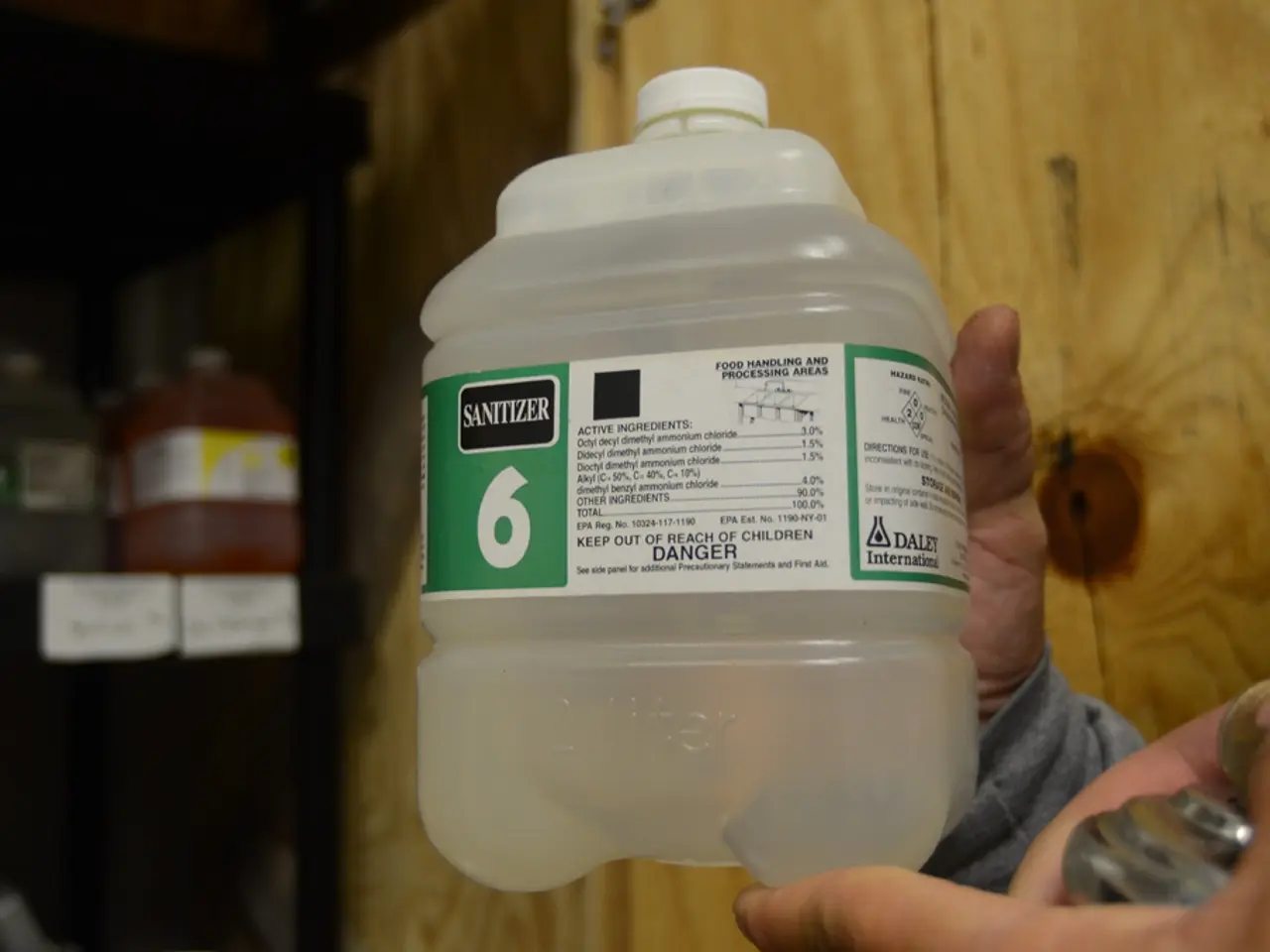Understanding the Nephron and its Role in Blood Pressure and Fluid Balance
Kidneys' Blood Filtration Unit: The Renal Corpuscle
The nephron is a tiny, bean-shaped structure inside the kidney that plays a crucial role in maintaining the body's blood pressure and fluid and electrolyte balance[1][3]. Each kidney contains about a million nephrons, and they work together to filter blood, reabsorb essential nutrients, and create urine.
Key Structures within the Nephron
- The glomerulus is a microscopic structure within the nephron that acts as a filter, separating waste products and excess water from the blood [2]. Surrounding the glomerulus is Bowman's Capsule, a cup-shaped structure that collects the filtered fluid.
- The Proximal Convoluted Tubule is where the kidneys start reclaiming valuable substances, like nutrients and electrolytes, from the filtered fluid [1].
- The Loop of Henle is a U-shaped tube that helps create concentrated urine by reabsorbing water and solutes [1].
- The Distal Convoluted Tubule is the final stop in the nephron, where fine-tuning adjustments are made to the fluid composition [1].
- The Collecting Duct is a tube that gathers the final urine and sends it to the bladder [1].
The Nephron's Processes
The nephrons perform three primary processes to maintain the body's fluid and electrolyte balance: glomerular filtration, tubular reabsorption, and tubular secretion[1]. Glomerular filtration is the initial process where waste products and excess water are separated from the blood. Tubular reabsorption and secretion are subsequent processes where the nephron reabsorbs essential nutrients and water back into the bloodstream, and secretes certain substances into the urine if the body needs to get rid of them.
Aldosterone and its Role in Fluid Balance
Aldosterone, a hormone produced by the adrenal glands, helps the body hold on to more salt and water, increasing blood volume and blood pressure [1]. This process is initiated by renin, a hormone released by the kidneys, which triggers a chain reaction that leads to the release of aldosterone [2].
The Renin-Angiotensin-Aldosterone System (RAAS)
The RAAS is a complex system in the body that regulates blood pressure and fluid balance. The kidneys regulate this system through the Juxtaglomerular Apparatus (JGA) and the RAAS [1]. When blood pressure falls or decreased renal blood flow is detected, the JGA releases renin into the bloodstream, which initiates the RAAS cascade [2]. This cascade leads to the release of angiotensin II, a powerful hormone that constricts blood vessels and tells the kidneys to release aldosterone [2].
Conclusion
The nephron, with its intricate structures and processes, plays a vital role in maintaining the body's fluid and electrolyte balance, as well as regulating blood pressure. Understanding the mechanisms behind these processes can help in developing targeted therapies for conditions such as hypertension and kidney disease.
References:
- Guyton, A. C., & Hall, J. E. (2006). Textbook of medical physiology. Elsevier.
- Katzung, B. G. (2007). Basic and clinical pharmacology (9th ed.). McGraw-Hill Professional.
- Jameson, J. L., De Groot, L. J., & Berkow, R. (2005). Conn's current therapy (22nd ed.). Elsevier.
- Goldsmith, R. M., & Whitworth, J. A. (2011). Clinical nephrology (6th ed.). Elsevier.
- The nephron, a crucial component in the maintenance of health-and-wellness, particularly blood pressure and medical-conditions related to fluid balance, is a minute, bean-shaped structure inside the kidney.
- In understanding the fluid and electrolyte balance, it is essential to recognize the roles of key structures within the nephron, such as the glomerulus, Bowman's Capsule, Proximal Convoluted Tubule, Loop of Henle, Distal Convoluted Tubule, and Collecting Duct, all of which contribute to the nephron's primary processes of glomerular filtration, tubular reabsorption, and tubular secretion.




